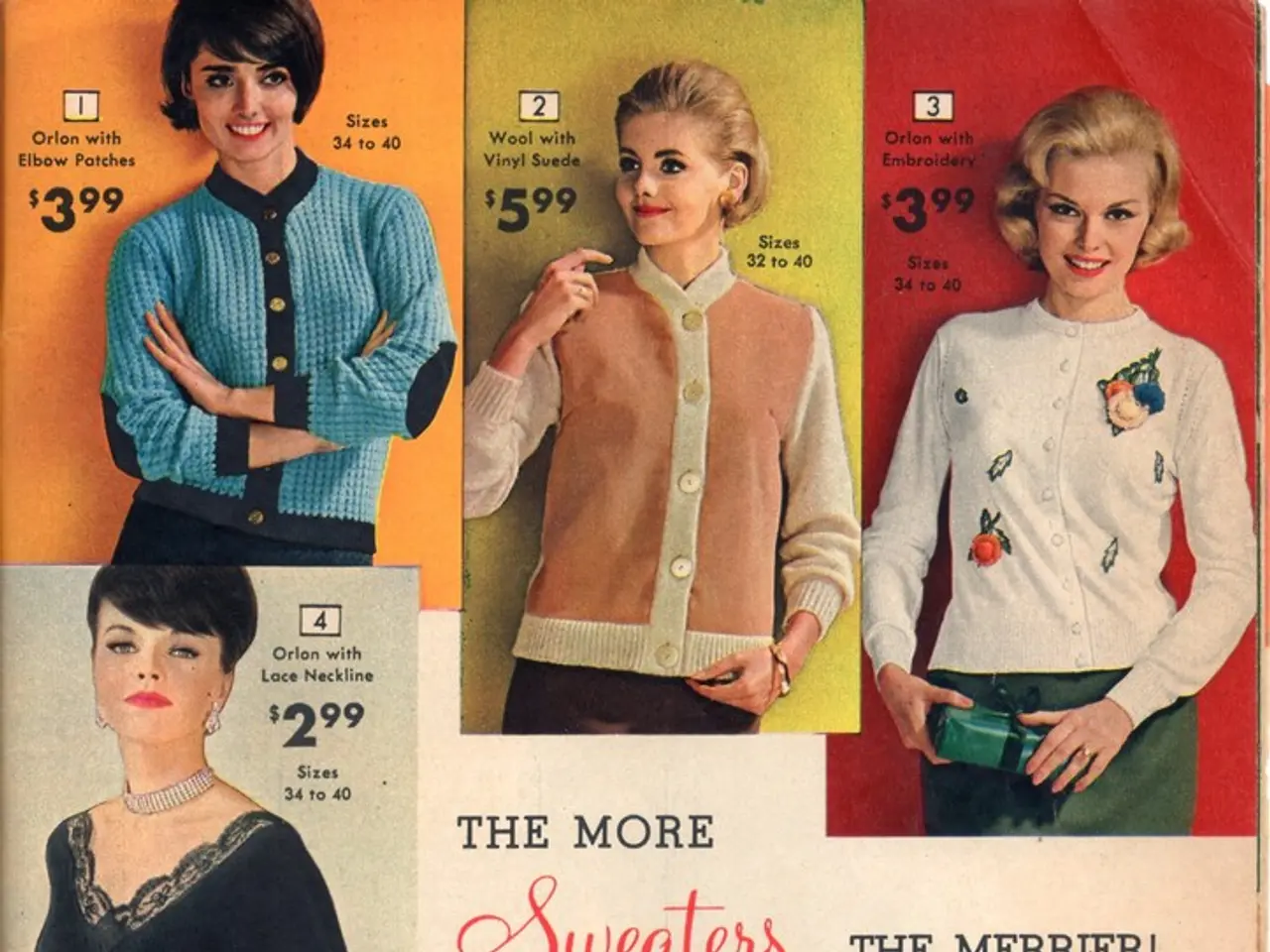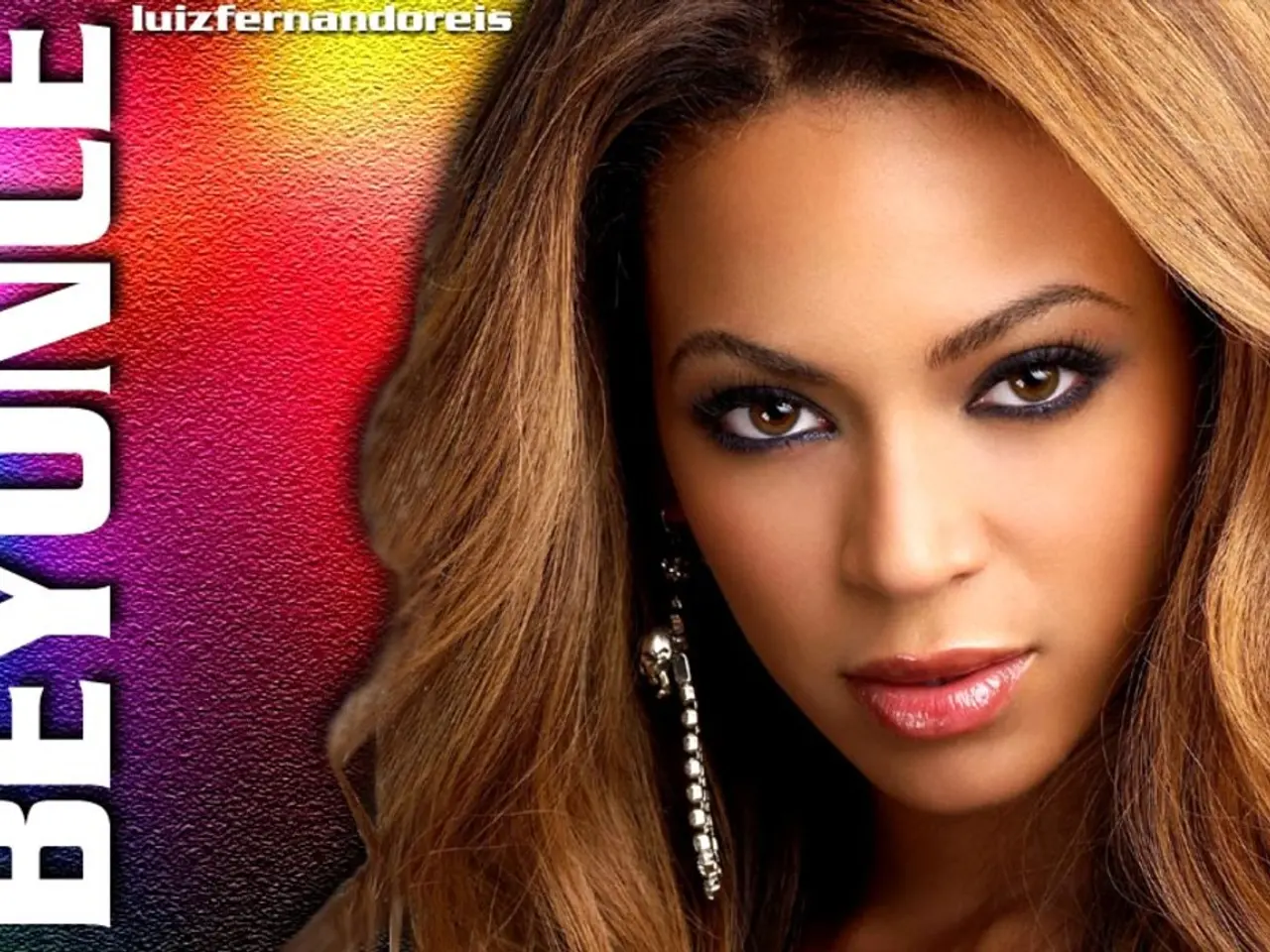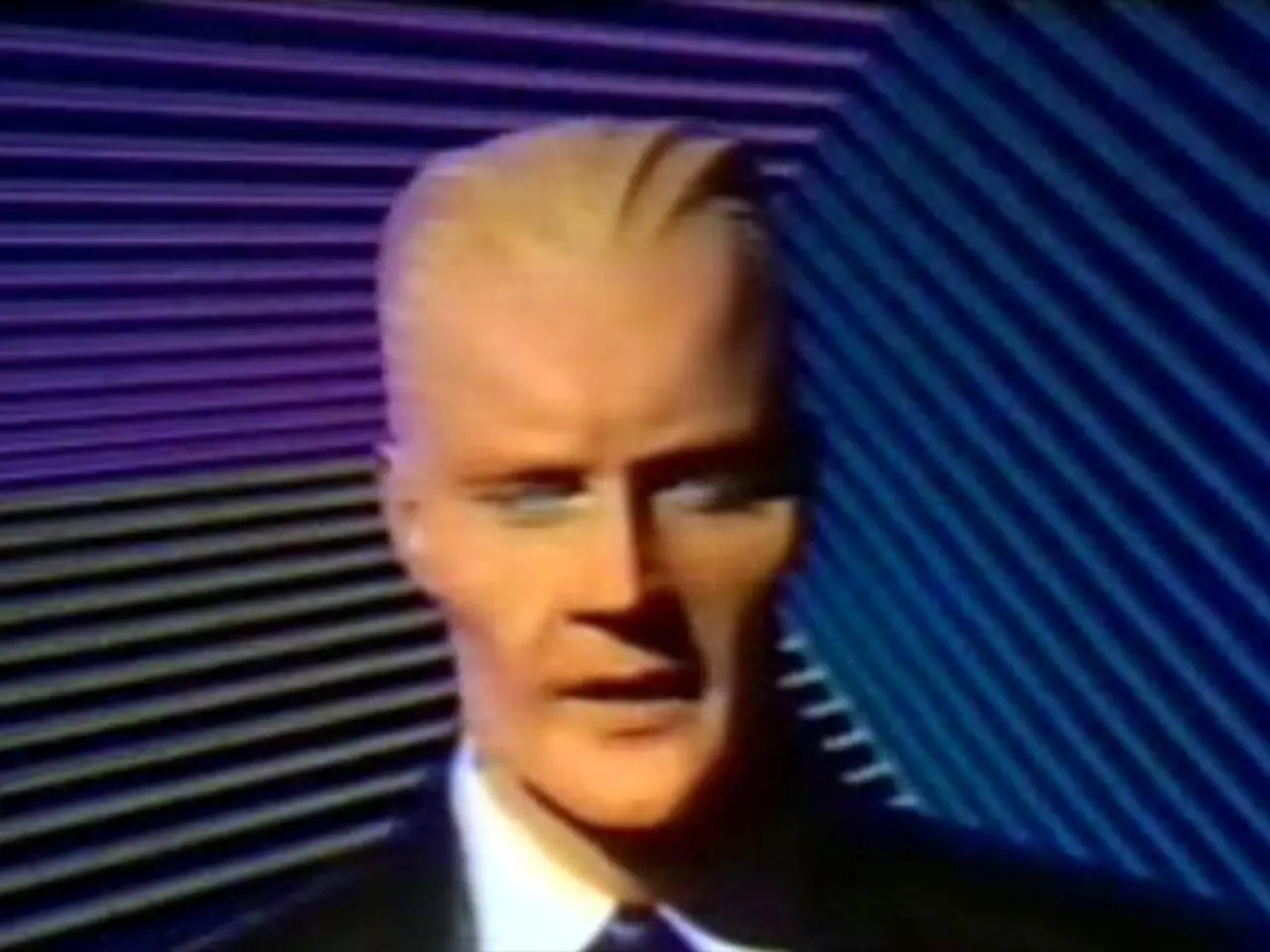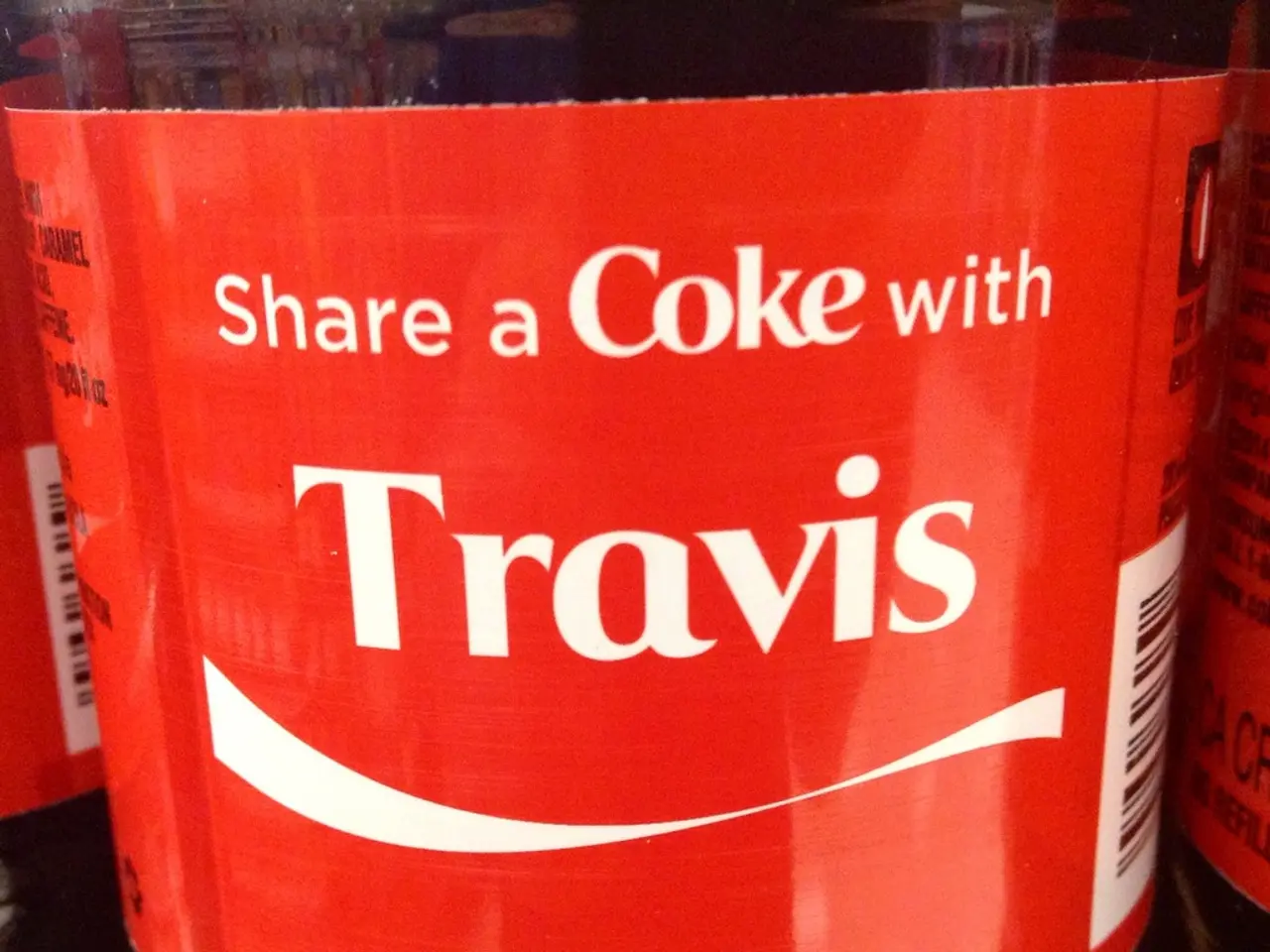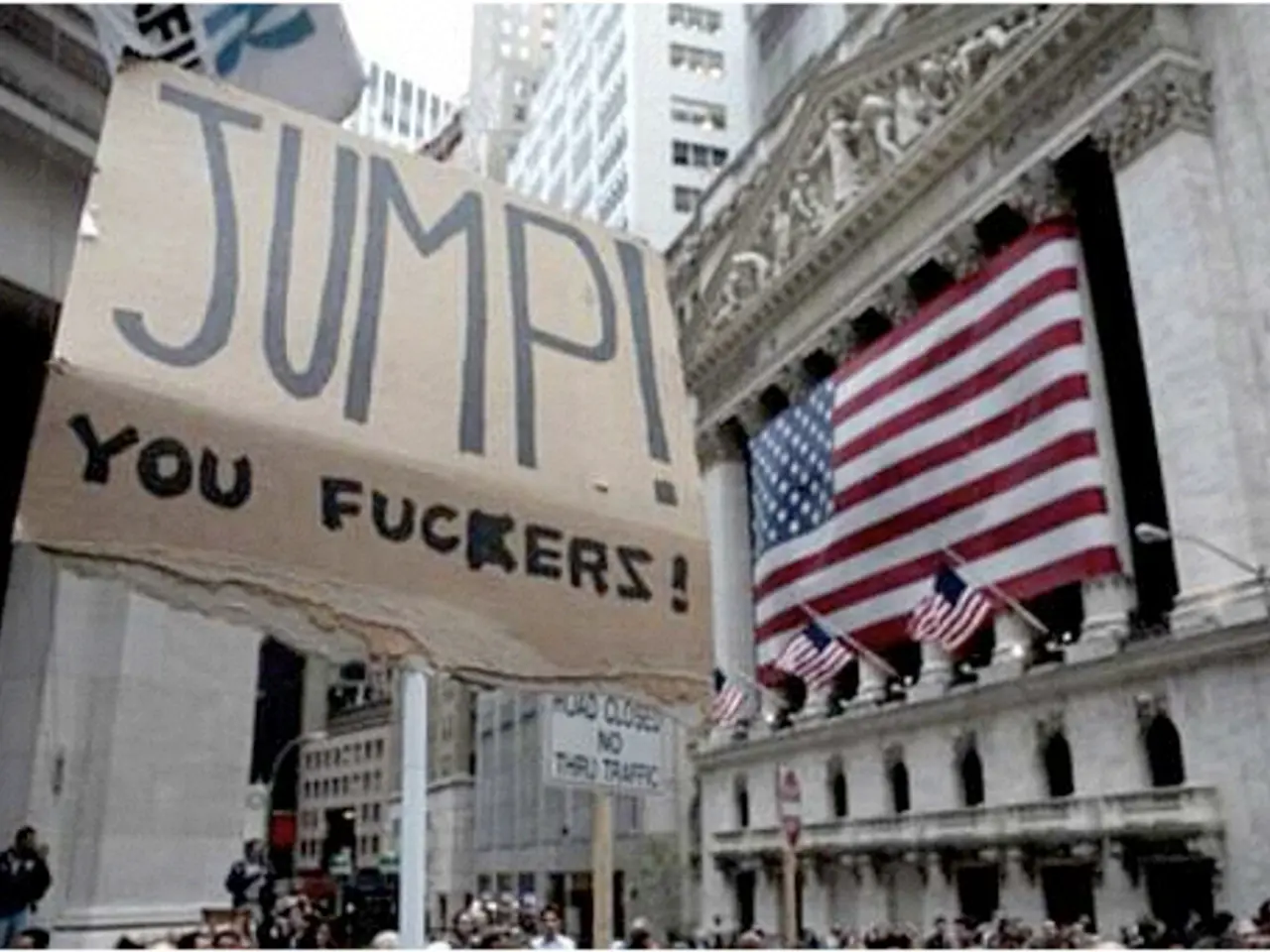The Evolution of Modern Menswear: A Look Back at Hollywood's Influence
Hollywood's Golden Age: A Decade of Style Icons
Hollywood's Golden Age, spanning from the 1930s to the 1960s, was not just a period of cinematic excellence, but also a time when leading male actors served as unofficial style instructors. This era saw the rise of icons like Cary Grant, Gary Cooper, and Fred Astaire, who, through their on-screen appearances and public personas, redefined men's fashion.
Cary Grant, impeccably dressed in chalk-stripe suits and perfectly knotted ties, was the epitome of what looked good, not just for movie stars but for anyone paying attention. His style transcended movie roles, embodying effortless dressing that left a lasting impact on men's fashion. GQ featured Grant multiple times during his career, even gracing their cover twice in the early '60s.
Gary Cooper and Fred Astaire, too, were key figures in this style revolution. Their poise, elegance, and tailored dressing set new standards for men's style, providing models for men in everyday life. Their influence extended beyond mere fashion trends; they helped codify what was considered classic, tasteful men's style during that era.
However, Hollywood's Golden Age was also a time when trailblazing figures like Paul Robeson, James Edwards, and Sidney Poitier pushed back against the narrow mold of leading men during this era. Robeson exuded quiet authority in three-piece suits long before it was common to see Black men on screen in such roles. Poitier, a trailblazing figure, showed that grace and good tailoring could be acts of quiet defiance. He would go on to become the first Black man to win an Academy Award for Best Actor in Lilies of the Field.
James Edwards brought elegance and complexity to war dramas during this era, while Poitier's style was not just about movie roles but about a quiet assertion of self. His impeccable suits and poised mannerisms served as a lesson in style, demonstrating that fashion could be a tool for self-expression and self-empowerment.
Patricia Mears, deputy director of The Museum at FIT, notes that the clothes during this era were easier to wear and had a better sense of proportion. This was a departure from the heavily structured and inflexible garments of the Victorian and Edwardian eras. Clothing during this era was more comfortable, with men often wearing less corseting under their shirts and jackets, and fewer stiff collars.
In conclusion, Hollywood's Golden Age style instructors were effectively the leading male stars themselves, whose on- and off-screen sartorial choices set enduring fashion standards for men's clothing and elegance during the 1930s to 1960s. Every onscreen gesture, wide lapel, and pressed trouser of actors served as a lesson in style, teaching a generation of men how to present themselves to the world.
- The fashion-and-beauty industry has acknowledged Cary Grant's timeless impact, with GQ featuring him multiple times, even gracing their cover twice in the early '60s, showcasing how movie stars influenced everyday style during Hollywood's Golden Age.
- Movies-and-TV, aside from being a platform for cinematic excellence, served as a source of style inspiration during Hollywood's Golden Age, with figures like Gary Cooper and Fred Astaire setting new standards for men's style and poise.
- During Hollywood's Golden Age, entertainment extended beyond films and music; the lifestyle choices of trailblazers like Paul Robeson, James Edwards, and Sidney Poitier served as statements of self-expression and defiance within the fashion-and-beauty industry, breaking traditional stereotypes and making lasting impacts on both onscreen and offscreen aesthetics.
